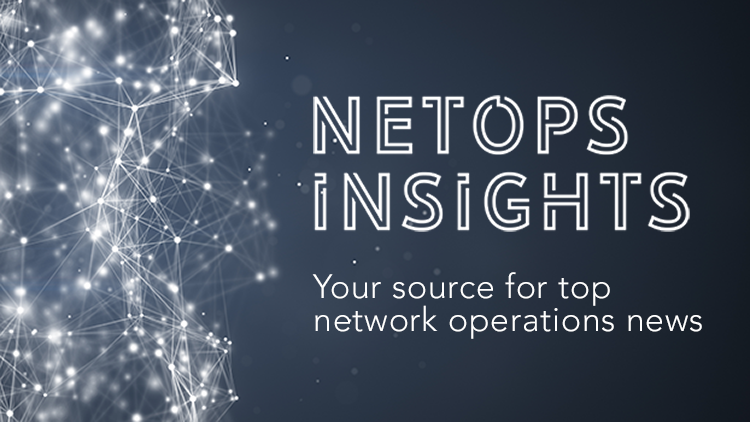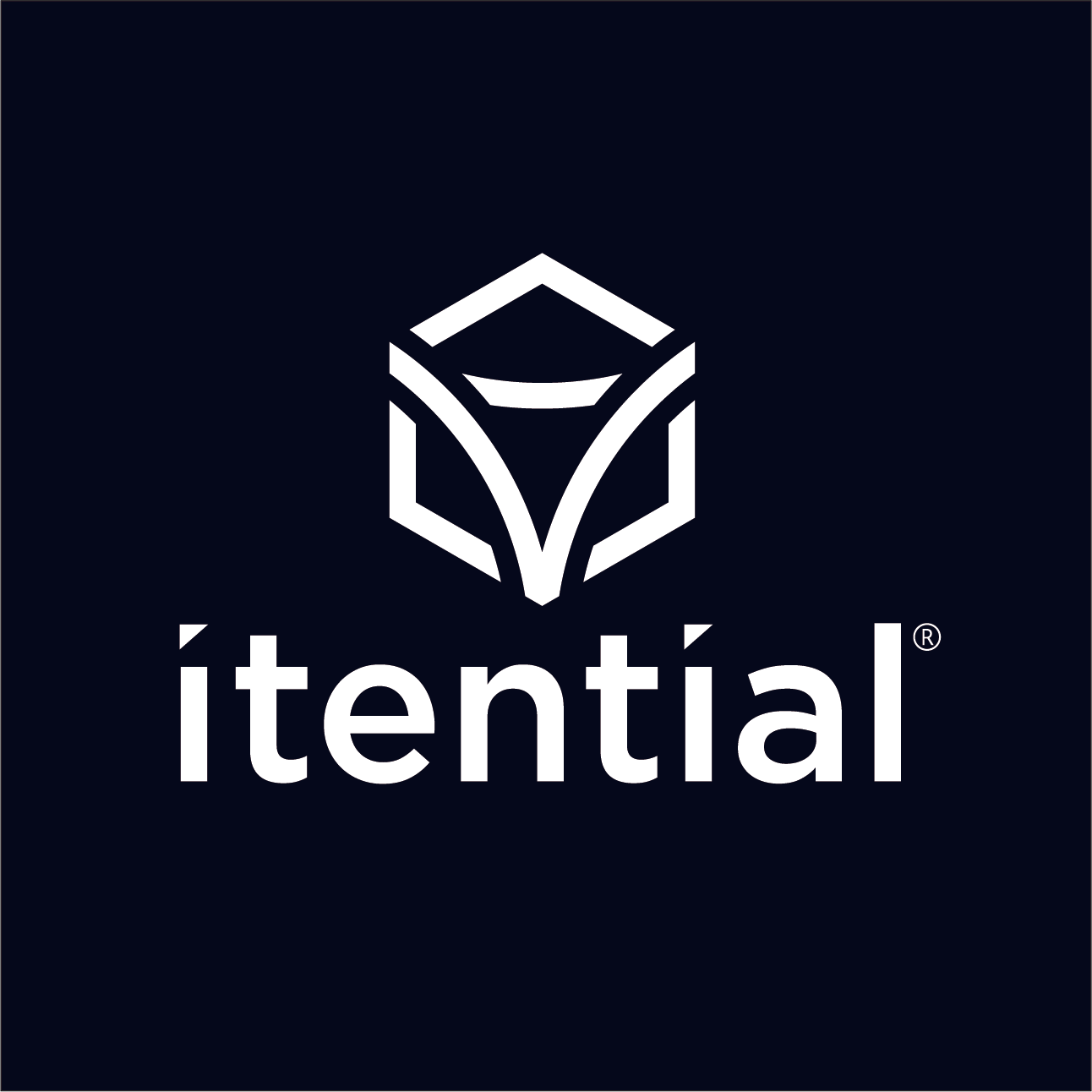Network Infrastructure as Code, A New Digital Future & 5G for Enterprises

Week of September 22nd, 2019
Network Automation – Where Are We Now?
Network automation has been steadily increasing over recent years as operators realize the potential cost savings and customer service improvements. But over the last year, automation has become more urgent as the reality of 5G draws tantalizingly close. As BT’s Chief Architect, Neil McRae, recently said about 5G operations: “It’s automate or die; we have to automate everything.”
Itential launches new API services for Network Infrastructure as Code
Intelligent automation software provider Itential launched its new API services to further Network Infrastructure as Code and help network engineers adopt CI/CD principles for network automation and programmability. The Network as Code (NaC) strategy is part of enterprises’ wider NetDevOps adoption that that applies the concepts of Infrastructure as Code (IaC) to the full network domain, and includes traditional data centers, campus networks, WANs and cloud environments.
Enabling A New Digital Future With SD-WAN
Technologies like cloud computing, 5G, mobility, artificial intelligence (AI), and internet of things (IoT)-enabled devices are transforming the ways we work, collaborate and design for the future. While these technologies often dominate tech news, software-defined networking (SD-WAN) is the unsung hero in the background enabling all these technologies. In much the same way virtualization has fundamentally changed the data center for cloud computing, SD-WAN is transforming corporate networks.
Juniper Survey Finds 96 Percent Of Enterprises Moving Toward Network Automation
Juniper Networks, a leader in secure, AI-driven networks, today released the first edition of the State of Network Automation Report (SoNAR). With this report, Juniper aims to identify key trends and challenges to support enterprises and service providers in achieving increasingly business-critical automation objectives.
Why Speedy 5G Won’t Be Enough To Delight Enterprises
If mobile operators rely solely on the old tried and trusted consumer/enhanced mobile broadband market to justify 5G investment, it could take up to 15 years for them to make a return, say telecoms technology and market watchers, ABI Research. It calculates that it is the use cases which span vertical markets such as industrial automation, cloud gaming, private Long-Term Evolution (LTE), and smart transport systems, that will eventually become pervasive and provide a payback for the huge investment most telcos are currently embarking on with their 5G plans.
Building An SD-WAN Business Case
By now the benefits of adopting SD-WAN are well documented. The best SD-WAN solutions help organizations use their WAN services more effectively and economically while giving users the freedom to better engage customers, empower employees, optimize business processes, and innovate. Research, however, tends to show that while there’s a strong appetite to embrace SD-WAN, many have yet to take action. As with so many projects on an IT manager’s wish list, the biggest barrier is often a lack of budget or resources.
DT, Ericsson, Nokia Focus On 5G For Enterprises
Europe may be lagging a bit in terms of commercial 5G deployments for consumer wireless networks compared to the United States and South Korea, but European wireless leaders are focused on 5G business applications for enterprises. Recently, Deutsche Telekom, Ericsson and Nokia all announced 5G initiatives for industry. Deutsche Telekom (DT) said it’s focusing on 5G for smart factories, working not only with network supplier Ericsson, but also with new partners EK Automation, Konica Minolta and Endress+Hauser. DT says the business models and technological requirements vary greatly from industry to industry. To meet these needs, it needs to integrate enterprises’ existing technologies into the 5G infrastructure.
Top Six Emerging Technologies In Cloud Computing
The advance of emerging technologies enabled by cloud computing has been dizzying over the last several years. In some cases, these new technologies have been created by cloud companies specifically for the cloud; for instance, serverless. In other cases, a technology has advanced by its close relationship with the cloud; for instance, machine learning and artificial intelligence. In either case, these emerging technologies are changing not just cloud, but the larger world of enterprise computing – not to mention sectors ranging from retail to media to pharmaceutical.
Implementing DevSecOps Goes Beyond Technology
While technology is crucial for implementing DevSecOps, it is the people, processes and culture that drive it forward. As recently as last year, a survey found 58 percent of technology leaders cited existing culture and lack of skills as hurdles to being able to embed security testing and evaluation within software development processes. That report found that only about one in four companies strongly agreed their organization’s culture and practices supported collaboration across development, operations and security.
Network, Security Ops Largely Manual Despite Progress In Automation
Every enterprise IT organization and network provider has some kind of automation ambition—and has for years — yet the vast majority of network and security operations continue to be largely manual in spite of decades of progress in automation technology such as APIs and tools, software-defined everything and DevOps engineering transformations that flank NetOps teams, according to Juniper Networks.
There Is No “I” In DevOps
Communication is one of the key ways that we as humans distinguish ourselves from the rest of the living world. Languages are essentially the foundation stones for all the different cultures of the planet, in addition to being the chosen way we exchange our values and beliefs with each other. That’s probably why DevOps begins with good communication and for a DevOps revolution to take hold in your organization, improving the way people communicate with each other is the place to start. This is because DevOps culture is about maintaining smooth, transparent, and timely communications between teams that have historically been at loggerheads with each other.
In Digital Business, Don’t Sacrifice Security For Speed
Today’s businesses must move at the speed of innovation to remain relevant. That means embracing digital technologies and processes – from cloud computing and software-as-a-service (SaaS) models to DevOps and robotic process automation (RPA) – to help deliver products and services to market faster. But this “need for speed” and shorter feedback loops can introduce a host of new risks.
